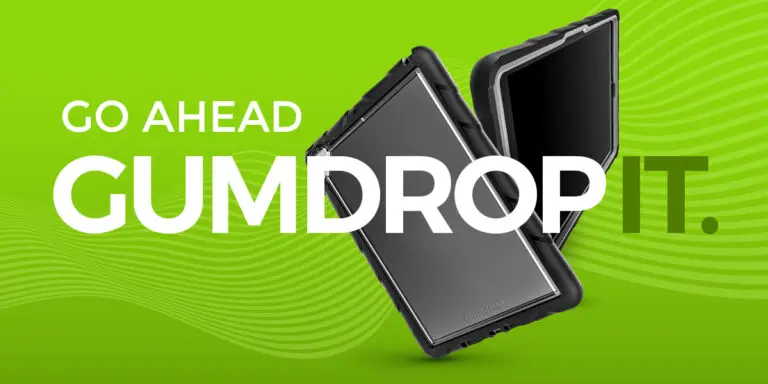 What are the different use cases for headphones and headsets?
What are the different use cases for headphones and headsets?
Headphones are designed for one-directional learning and listening. Perfect for assessments, audio, and video lessons where 2-way communication isn’t necessary. Economically priced, Gumdrop rugged headsets are also built kid-proof to keep students connected to online curriculum.
Headsets feature a unidirectional, noise-canceling microphone attached mic for 2-way communication and are ideal for teacher-student instruction, voice recording, and language learning sessions. All Gumdrop headsets are also tested to withstand repeated 4-foot drops.
Whether you decide to go with headphones or headsets, make sure they’re durable
School headphones and headsets – whether used in the classroom or for homeschooling – should be built with durability in mind. Our student headphone selections feature twistable, break-resistant headbands, durable earpads that easily wipe clean, and a 3mm braided and chew-proof cord. We’ve also reinforced all of the connection points for added toughness.
What’s the difference between USB and 3.5mm connectors?
3.5mm input ports are universal to many devices and transmit sound directly from the audio source using analog. 3.5mm is the standard connection option and is universal to most devices. They deliver a high-quality analog signal.
USB plugs utilize a converter that allows the digital signal to be changed to audio. For programs requiring a digital signal, go with a USB connector. The thicker connector can also provide extra toughness to help prevent broken tips.
For most K-12 applications users will not experience a difference in sound quality.
 What are the different use cases for headphones and headsets?
What are the different use cases for headphones and headsets?


